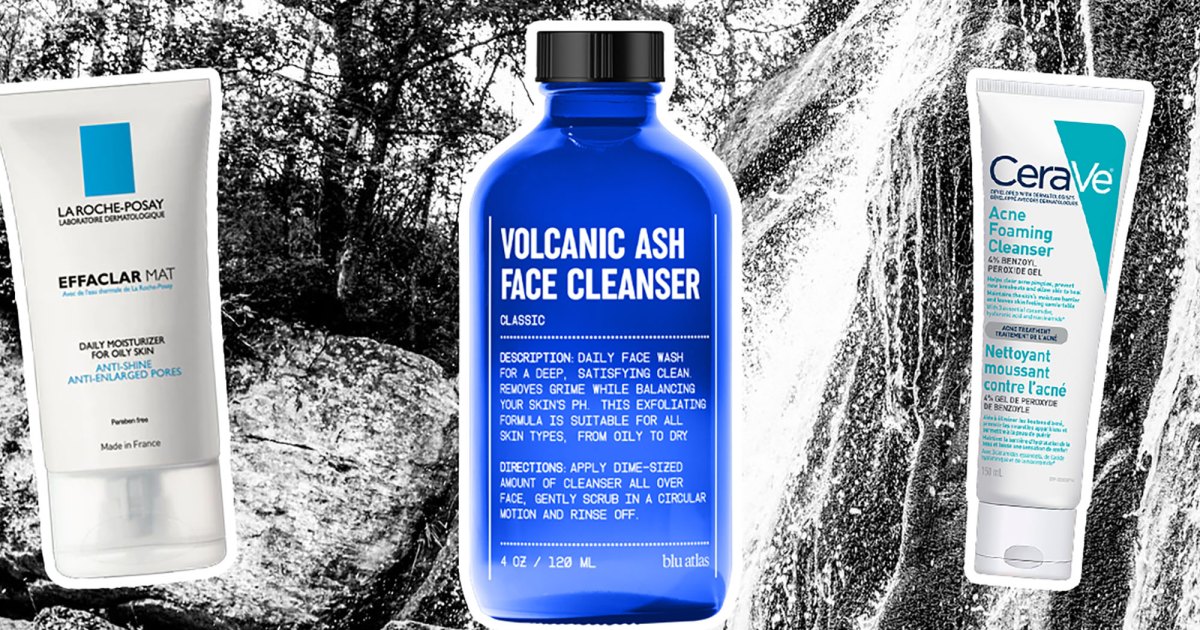3 Ways Content Marketing Fuels the Sales Enablement Engine
3 Ways Content Marketing Fuels the Sales Enablement Engine
Over the years, sales enablement has taken many different definitions. In its infancy, it was very inwardly focused. The sales team was primarily responsible for creating its own enablement. Tools and resources to help the sales cycle were few and far between and mainly consisted of product, service, and company-focused documentation that was pushed to the customer. Over time, marketing became more involved, and materials expanded to include customer-focused materials that sales could email or “leave behind.” Today, sales enablement is a joint venture. It’s a collaboration between sales and marketing to create content that will resonate with the customer and positively impact the buying cycle. Sometimes, this content is built to enhance the sales team’s abilities, knowledge, and approaches. In other cases, it’s written to help customers learn, evaluate, and decide on their options. In both cases, content marketing that enhances customer experiences and supports lead nurturing becomes an integral part of the sales enablement process.
Content marketing goes hand-in-hand with sales enablement. Some will say the role of content marketing is to increase brand awareness among your audience, enhance lead generation and nurturing, and educate your customers about your company and its products. While this can be true, it also serves a higher purpose. The role of content marketing is to engage and empower customers to make better and faster decisions. It’s to help your audience navigate their buying options and make smarter and more efficient choices. It’s a service we provide to our customers, and it strengthens the bond they have with our brand.
Combining our content marketing and sales enablement goals together is powerful. Empowering our sales team to utilize the content we’ve generated more effectively and efficiently is the ultimate goal. Here are three ways that content marketing is augmenting sales enablement.
Sales Enablement Content Increases Speed-to-Lead Time
When we talk about increasing speed-to-lead and speed-to-conversion, sales enablement and content marketing are critical parts of the conversation. The more tools that sales has in their toolbox, the greater the opportunity to accelerate leads through the funnel. In most cases, we think of the funnel as having three distinct parts – top-of-funnel (TOFU), middle-of-funnel (MOFU), and bottom-of-funnel (BOFU). Each of these stages, serves a different purpose in the journey of the customer and requires different types of content to guide them to the next stage.
- Top-of-funnel (TOFU)
- Goal – Awareness
- Content – Blog posts, infographics, podcasts, ebooks, magazines, web pages, video, emails
- Middle-of-funnel (MOFU)
- Goal – Interest and Consideration
- Content – Educational resources, documents, product resources, webinars, company and service information, case studies, industry use cases, proof-of-concepts, nurture campaigns
- Bottom-of-funnel (BOFU)
- Goal – Evaluation and Purchase
- Content – Demonstrations, webinars, events, evaluation criteria, trials
Bridging the gap between content marketing and sales enablement requires an audit of existing content, and an alignment of materials against the buying cycle or sales funnel. This arms sales with content they can share with prospects and customers as they move through their different stages. It also provides sales with information to help them enhance their approaches and strategies. Documents like sales plays, competitive analyses, industry information, product comparisons, and product/service descriptions give sales the background information they need to support customers and help them evaluate their options.
Sales Enablement Resources Enhance Customer Conversations
The importance of content marketing to fuel sales enablement goes well beyond those described above. Not only does it provide sales with material that empowers their customers, but it also provides information that empowers their conversations with those customers. In today’s digital world, sales and marketing can track and utilize engagement with this same content, arming sales with a wealth of information about buyers’ stages, intent, and needs. There are multiple ways that marketers can share engagement information with sales, from marketing automation integration to content engagement and sales enablement platforms.
Most marketing automation platforms offer tools that give sales direct insights into customer behaviors and engagement across campaigns and content. Oracle Eloqua offers Profiler, allowing sales to see not only their customer’s engagement metrics, but also the exact content viewed and the lead scores assign to those individuals. Adobe’s Sales Insights offers similar capabilities.
Content engagement tools, such as PathFactory, go even deeper, connecting your sales team with insights across content within your website and online properties. The PathFactory for Revenue Intelligence engine gives sales the power to prioritize their day based on real-time behavioral data, whether account or contact based. Armed with detailed content engagement data, sales can provide relevant follow-up based on the needs and interests of their top prospects and customers.
The ability to use content in their day-to-day interactions is a huge benefit to sales, but the ability to see which customers/prospects are most engaged and likely to purchase is priceless. Used together, sales can not only prioritize their reach, but can also utilize the most appropriate content based on behavioral insights. Best of all, this provides a personalized experience for customers based on their needs at that moment. Right person. Right time. Right message.
Sales Enablement Tools Deliver Optimal Content to Customers
Content marketing gives sales the content they need to support customers through their journey while also providing insights into those customer’s engagement and interests. Done right, marketing also provides sales with tools they can use to deliver the perfect content exactly when its needed. Many types of sales enablement tools exist, including platforms that aggregate sales materials such as playbooks and product information, messaging tools that contain branded email templates and content, content intelligence systems that provide content experiences to share with customers, and others. In most cases, content is created and aggregated by marketing, and sales has the ability to personalize templates and experiences that can be shared with customers.
For example, Oracle Eloqua’s Engage provides sales with access to pre-built, branded email templates created by marketing. Marketing determines the content, and sales can customize approved areas before emailing it to their customers. Content activation within PathFactory elevates your sales team’s ability to engage their buyers through direct communication. Sales can copy links to content or tracks of content, and send those links through their native email application or other sales tools. Marketers can create specific streams for sales based on industries, personas, use cases, services, etc. These types of branded and personalized experiences are becoming not only common, but expected from today’s customer.
Content Marketing + Sales Enablement = A Perfect Match
Sales and marketing alignment goes beyond lead management, funnel stages, and lead scoring. Marketing is in a unique position to truly enable sales through its content marketing efforts. Today’s customers expect to be engaged on their terms, and they trust that companies collecting their behavioral data will use it to enhance their experiences. Marketers can provide sales with content and engagement information that will not only help sales personalize their conversations but also enhance customer experiences. This not only engages the customer at a higher level, but also streamlines the sales process and increases velocity throughout the sales pipeline.
If you’re looking to enhance your sales enablement and content marketing practices, Relationship One is always here to help.
Share This Story, Choose Your Platform!
Thank you for subscribing!
Subscribe to our Thought Leadership Today
Go to Top






